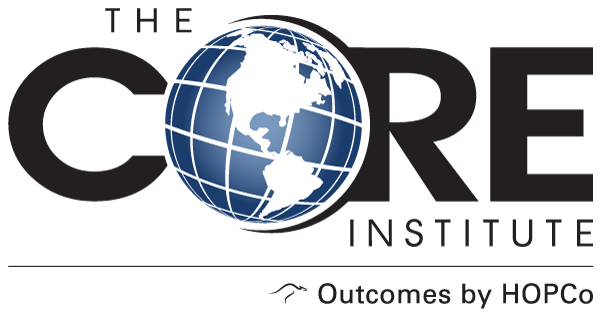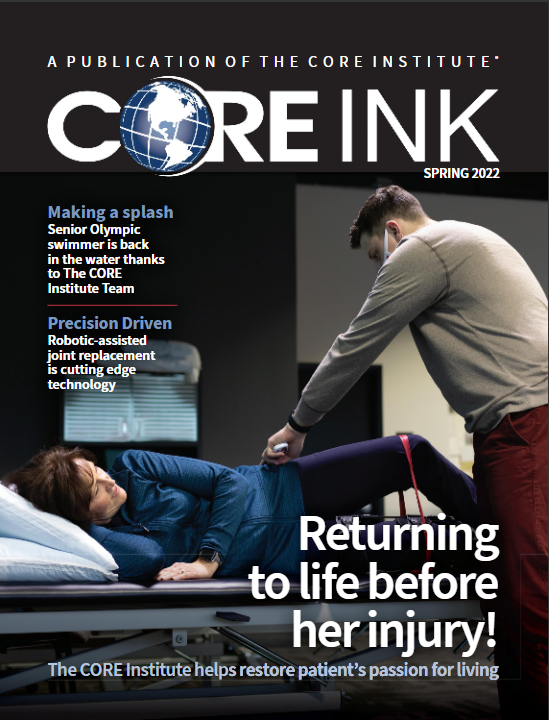The numbers are staggering: Osteoporosis affects 44 million people in the United States and is responsible for an estimated 2 million fractures every year.
For patients with osteoporosis, which is a weakening of the bones due to age and hormonal changes, any bump or fall can put them at risk for fractures. In fact, it’s the most common reason for broken bones among the elderly. But The CORE Institute offers best-in-class care to help those suffering from osteoporosis.
Kelly Krohn, MD, is Medical Director of The CORE Institute’s Bone Health program. He is a board-certified and fellowship-trained rheumatologist with a unique background in medicine and pharmaceuticals related to bone metabolism. He’s made it his mission to develop a treatment plan for patients to avoid future breaks.
“Osteoporosis is a condition of bone fragility,” says Dr. Krohn. “We are worried that if you fall, or in many cases when you fall, the chances of you breaking a bone are very high.” So, there’s also an emphasis on preventing falls.
While osteoporosis is commonly detected by a bone density test, Dr. Krohn notes that it is not always perfect.
“Think of it like a cholesterol test. There are people out there who still have heart attacks with normal cholesterol,” he said. “But it’s a test that a smart clinician can interpret with additional questions into the patient’s history and determine if that patient is at high or low risk of breaking more bones.”
The age factor can also be misleading. While osteoporosis is indeed linked to getting older, Dr. Krohn says he has also seen younger patients with the disease.
“Another myth is that osteoporosis is a women’s disease. I saw five male patients with it today,” he said. “Men are living longer these days, so we are seeing it more often.” Even so, Dr. Krohn reports seeing two female osteoporosis patients for every male.
“The average woman doesn’t achieve as high a bone mass (the measure of minerals contained in bone) as the average man and then, when a woman goes through menopause, they rapidly lose bone density and then continue to lose it as they age,” he said. “The lack of estrogen leads to significant bone loss.”
Dr. Krohn says that’s why it is never too early to think about bone health.
“If you have little girls in your lives, make sure they have good nutrition as they are growing. Your bone health is a consideration of the entire lifespan,” he said.
Treatment options for osteoporosis include some medications that help maintain bone density and others that stimulate bone growth.
“We have very good treatments to reduce the likelihood of a fracture, by at least 50 percent, and some by even 85 percent.” Krohn said.
“There are seven or eight approved medications available to us now. So, we figure out the right one for the right patient, and one they can afford.”
And he says exercise can offer dual benefits, improving bone health and keeping patients on their feet.
“I’ve sent patients to Tai Chi — it’s a wonderful way to improve balance and prevent potentially catastrophic falls.”
So, as you think about staying healthy in everything you do, don’t forget about your bone health. Your bones have brought you this far; let the Bone Health experts at The CORE Institute help you keep them strong to keep going further.
SUBSCRIBE TO CORE INK NEWSLETTER
Sign up to receive stories and information from The CORE Institute, including expertise from our providers and news about the latest technology advancements helping our communities.

